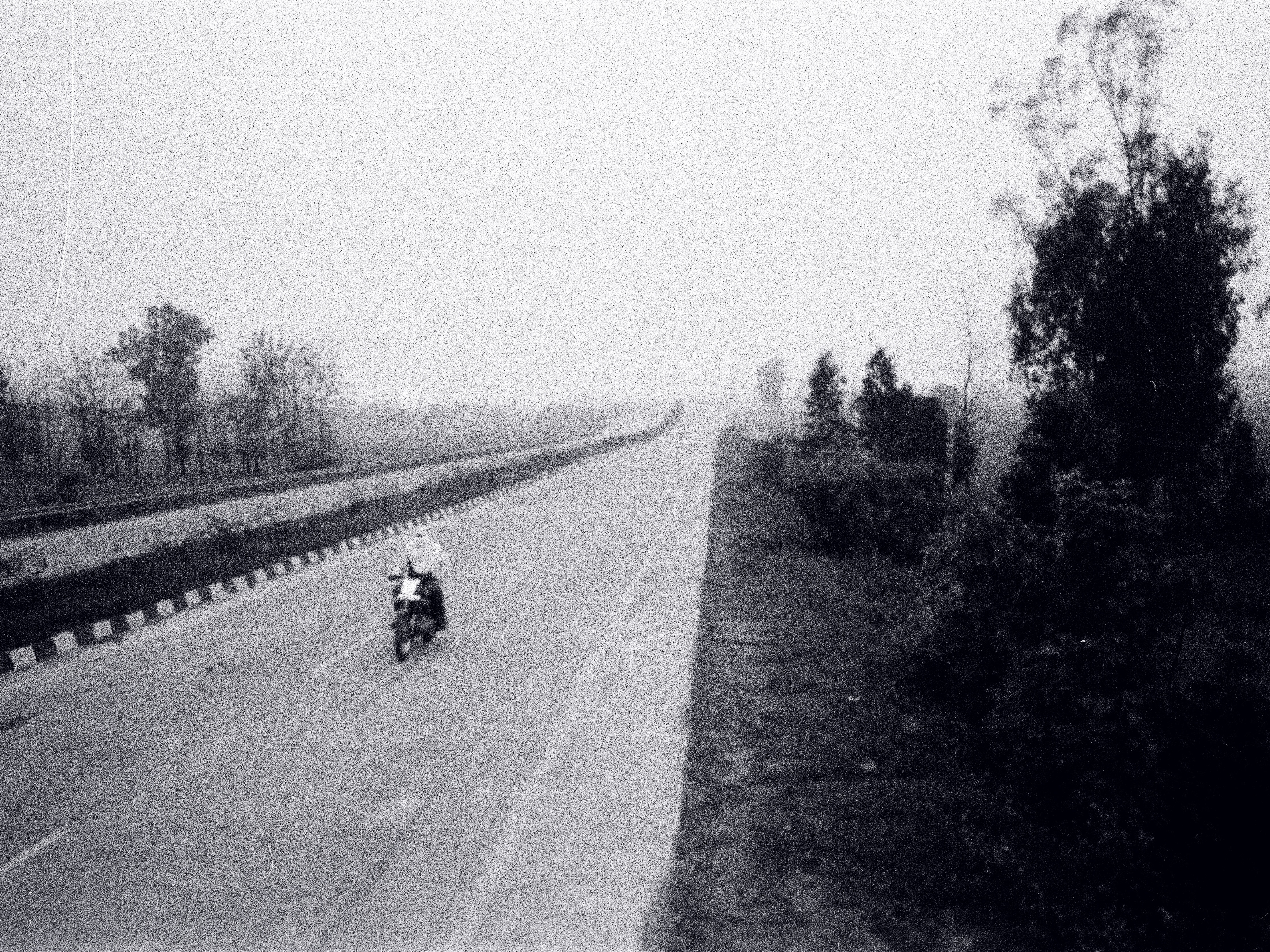Indian Ethnicity
Model - Shivani Thapa,
Styling - Rakhi Tomar,
Client - Khanna Fabrics Delhi,
Editing - Sitanmany & Manish Sehrawat
Photography - Manish Sehrawat
Chikankari, an embroidered style with its roots in the Mughal Empire, is currently all the rage in the world of Indian ethnic wear. Lightweight materials such as cotton, silk, muslin, and chiffon are embellished with white thread, an intricate and delicate embroidery technique. The exquisite patterns of chikankari needlework are often influenced by natural elements. The background of this old needlework art is fascinating, as is the beautiful white flower embroidery made with needles and raw thread. Kings and commoners have been happy with this beautiful white tracery on clear white linen for a very long time. Its heart is Lucknow, which is in northern India and is the capital of Uttar Pradesh. Royal support, commercialization, and mediocrity have all failed to stop it. This shows how skilled and determined the craftspeople are who have passed this way down from generation to generation. Chikankari patterns come from nature, like all art styles that came from the Mughal era. A lot of flowers, leaves, and paisley designs are used in this type of embroidery and Lucknow Chikankari art. Chikankari needlework comes in a lot of different styles, such as hool, jaali work, and banarasi. But the shadow work style is the one that most people love.
Using the backstitch, chain stitch, and running stitch to embroider white-on-white patterns from the back of a see-through fabric is called shadow work. This creates a shadow effect that is very popular in today's Chikankari-inspired fashion.
Chikankari has been done in Lucknow for more than two hundred years to make fine designer designs on different kinds of fabric. This whole process is done by hand. Textiles like cotton, muslin, chiffon, georgette, organza, and chiffon are used. Clothing made in the Chikankari style for men and women is called Lakhnavi kurtis and Lucknawi Chikan. The most interesting thing about the Chikankari work is its pattern.
Using the backstitch, chain stitch, and running stitch to embroider white-on-white patterns from the back of a see-through fabric is called shadow work. This creates a shadow effect that is very popular in today's Chikankari-inspired fashion.
Chikankari has been done in Lucknow for more than two hundred years to make fine designer designs on different kinds of fabric. This whole process is done by hand. Textiles like cotton, muslin, chiffon, georgette, organza, and chiffon are used. Clothing made in the Chikankari style for men and women is called Lakhnavi kurtis and Lucknawi Chikan. The most interesting thing about the Chikankari work is its pattern.




